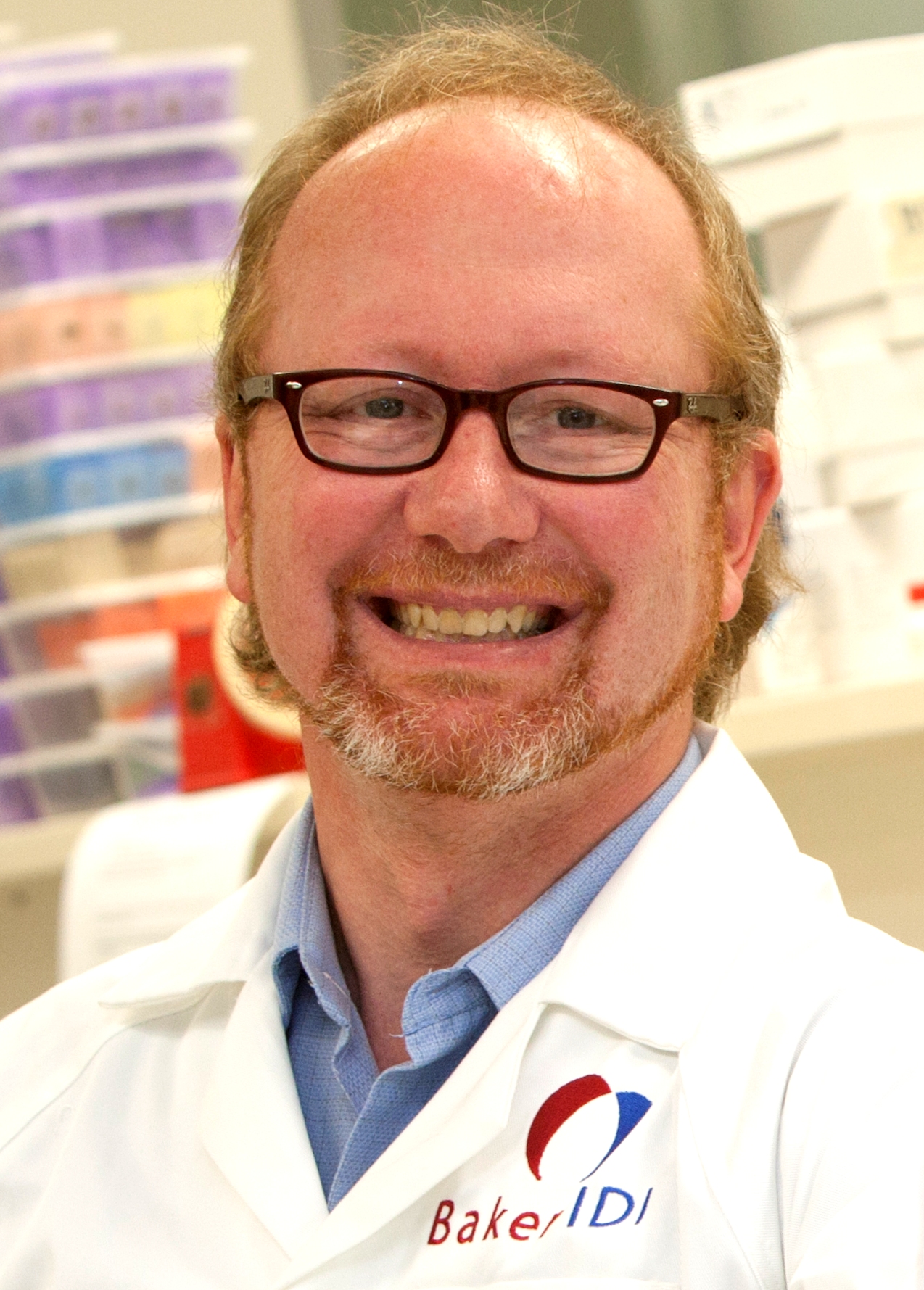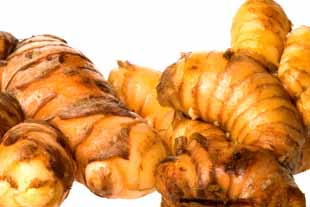Formulating your detox plan
Slow aging is about maintaining reserves and limiting damage to secure a healthy future. Toxins can never be totally avoided. Yet, we can take a number of practical actions every day to maximize our detoxification defenses and reduce our overall toxic burden. The benefits of one-off detox programs are probably small to insignificant in individuals with a healthy metabolism. However, many people gain substantial stress release from these programs. The mere act of participating in our health also tends to encourage other health seeking behaviors (such as exercise, meditation and more selective dietary choices).
Foods that stimulate the activity of the liver’s detoxification enzymes include:
- Dietary crucifers, such as broccoli, cabbage, sprouts and kale, contain sulforaphane and indole-3-carbinol.
- Epigallocatechin gallate contained in green tea.
- Curcumin from turmeric.
- Limonene from citrus peel.
- Isoflavones and lignans from soy foods and flax seed.
- Garlic, onion and leek support sulphation, one of the 6 primary phases of liver detoxification.
- Oral supplementation with glycine (an amino acid – see chapter 13) has also been found to improve detoxification in some individuals.
Options to help you reduce exposure to toxins:
- Choose organic produce (grown without pesticides) – If you cannot change to organic foods completely, go organic with the foods you eat most often. Additional nutritional benefits, environmental considerations and support of sustainable farming practices are also valuable considerations
-
- Try an online organic food supply service
- Do your weekly shopping at an organic food market
- Grow herbs in pots on your balcony
- Find organic foods at www.organicfooddirectory.com.au
- Wash your fruit and vegetables with a fragrance-free olive oil soap or specific fruit and vegetable wash
- Eat low fat and vegetarian protein sources such as tofu, tempeh, legumes, quinoa, nuts and seed to reduce your exposure to chemical residues in animal fat (as well as animal fat itself)
- Consume a wide variety of foods to lessen your potential exposure to pesticides loaded on any one food
-
- Try a new fruit or vegetable each week. Be creative with your cooking
- Include grains such as quinoa, amaranth, spelt and kamut as replacements for wheat
- Start a garden and grow your own crops, particularly those with a high risk of pesticide residue, such as green leafy vegetables, spinach, strawberries and broccoli
- Wear appropriate protective gear to avoid pesticide exposure at home, at work or in the garden
- Dust and vacuum weekly – Toxins like polybrominated diphenylethers (PBDEs) are found in fire retardants in carpet underlay, bedding and polyurethane foams in furniture. These can settle into the dust in your house. This is especially important if you are pregnant, have a young child or a pet, which can transfer the dust through its movements
- Use ‘old-fashioned’ cleaning, pesticide and gardening remedies, such as bicarbonate and vinegar
- Don’t use stain-protection treatment (the ‘extra’ they try to sell you when you buy a new pair of shoes or furniture). These treatments usually contain perfluorinated chemicals (PFOAs) which incidentally are also widely used in everyday items such as food packaging, pesticides, clothing, upholstery, carpets and personal care products
- Avoid using pots and pans that have a non-stick coating. PFOAs are also often used in the production of the non-stick surfaces and when the pan gets scratched or worn, the chemicals can be released into the air
- Check the ingredients before buying personal grooming products.Shampoos, lotions and makeup can contain a number of toxins like parabens and phthalates, which have been identified as hormone disruptors and may be linked to certain cancers
- Read the label. Avoid anything with paraben (often used as a suffix, as in methylparaben) or phthalate (listed as dibutyl and diethylhexyl or just ‘fragrance’)
- Check out www.cosmeticsdatabase.com for a list of toxic ingredients in thousands of personal-care products
Last Reviewed 03/Mar/2014
The following two tabs change content below.


Dr Merlin Thomas
Professor Merlin Thomas is Professor of Medicine at Melbourne’s Monash University, based in the Department of Diabetes. He is both a physician and a scientist. Merlin has a broader interest in all aspects of preventive medicine and ageing. He has published over 270 articles in many of the worlds’ leading medical journals
Latest posts by Dr Merlin Thomas (see all)
- How to increase DHEA levels - 28/09/17
- Testosterone supplement benefits & risks - 11/07/17
- Health effects of tea & coffee - 10/07/17







